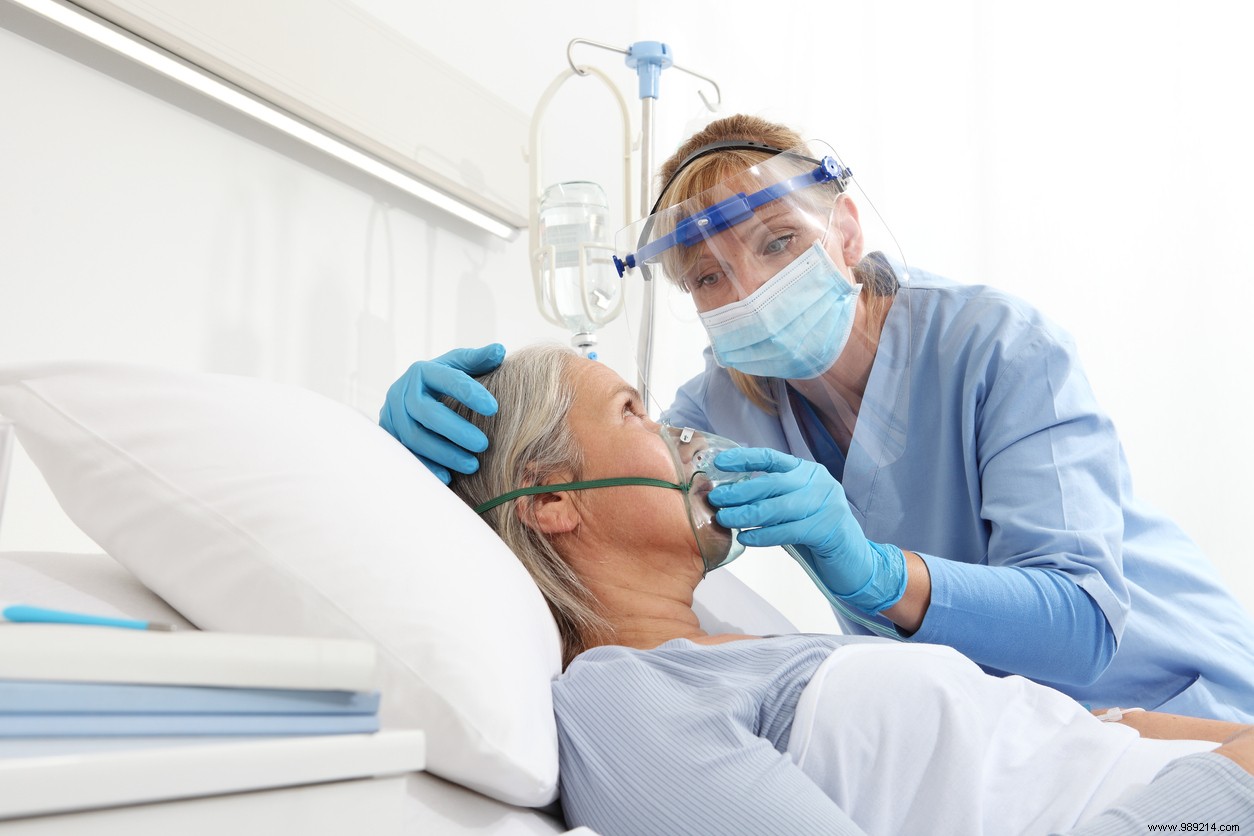Faced with the lack of oxygen usually used to decontaminate the water, a treatment plant in the United States is idling. Oxygen is primarily used for patients in hospital, including Covid-19 patients. Can the coronavirus crisis really endanger drinking water from taps?
There is a link between tap water and the current health crisis of the SARS-CoV-2 coronavirus:oxygen. As Wired explains in an article of August 27, 2021, the Tampa Bay treatment plant in Florida (USA) indicated that it no longer had enough oxygen to decontaminate the water. Florida has about 17,000 hospitalized patients and those requiring respiratory assistance obviously have priority access to oxygen.
Orlando Mayor Buddy Dyer posted a message on Facebook on August 20. The elected official called on his inhabitants to limit their consumption of drinking water. He recalled that across the country, the demand for oxygen is very high and that it is first and foremost a question of saving lives. Buddy Dyer also said that reducing water consumption was a necessity. If so, there could be consequences on its quality.
The City of Orlando Water Department also issued a recommendation. It is for the inhabitants to stop non-essential uses such as washing your car or watering the lawn. Here too, it is a question of motivating the economy of oxygen for patients in the hospital. In addition, Buddy Dyer also said that the other way to fight the shortage oxygen was simply to get vaccinated.

It must be said that the Tampa Bay treatment plant requires between 7 and 9 tanker trucks of liquid oxygen per week. This is both to disinfect the water and remove bad odors at the outlet of the tap. It should also be remembered that pure oxygen is much more effective than air when it comes to treating water.
As for Covid-19 patients, oxygen treatment concerns 20% of them. In the case of a moderate saturation deficiency requiring the administration of oxygen by means of a tube in the nostrils, the quantity necessary is between 1 and 6 liters per minute.
Nevertheless, the coronavirus induces very hypoxemic pneumonia, that is to say characterized by a significant lack of oxygen in the blood. Consumption can then increaseup to 70 liters of oxygen per minute , depending on the patient. This value represents approximately 100,000 liters of oxygen per day, or four 30-litre cylinders per patient.